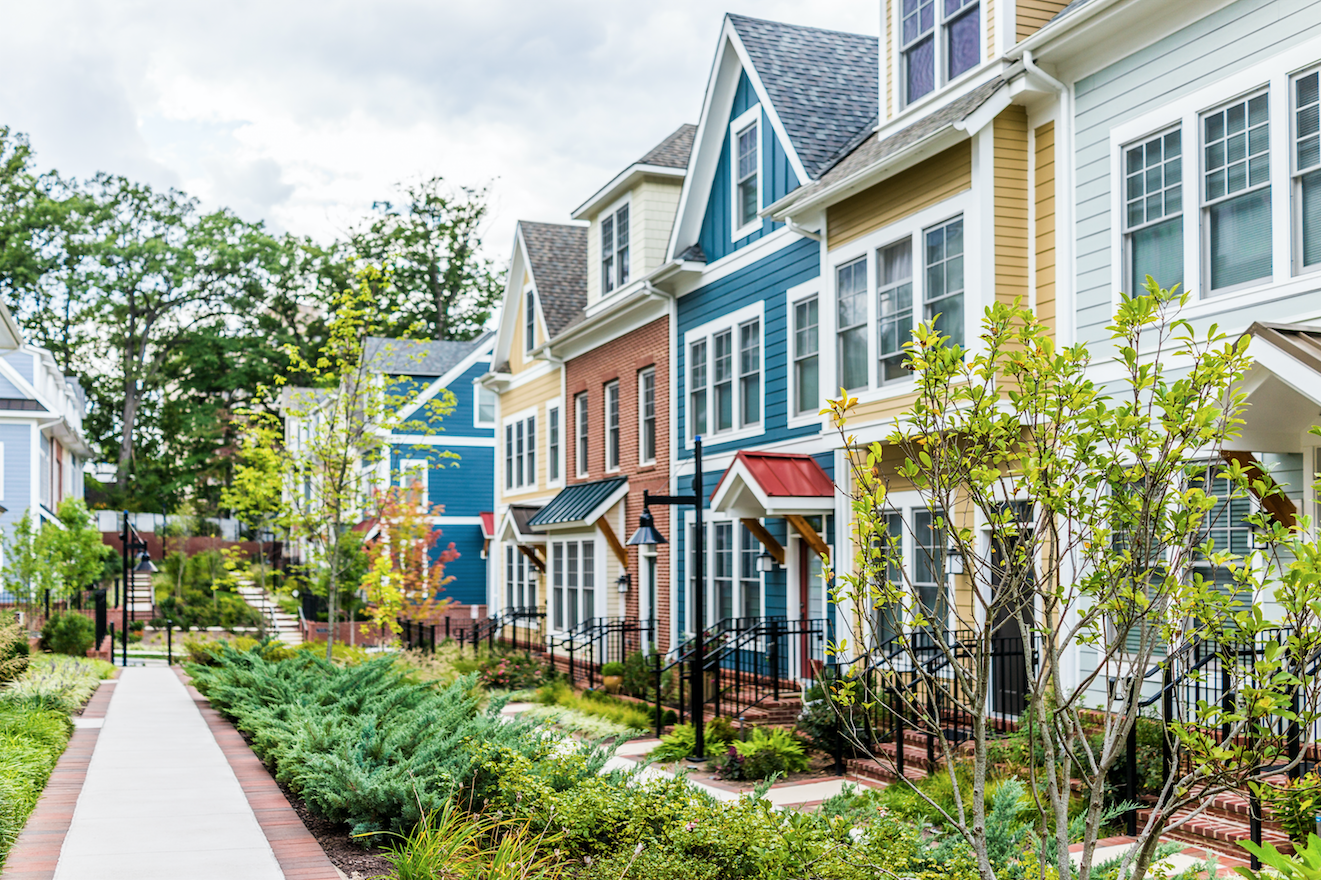Blog
Welcome to the Neighborhood: Tips on What to Look for When Buying A Home
Feb 26
5:05
PM
Category | General
The purchase of your first, or even a new home is one of the biggest investments you’ll make in your life. It’s easy to get distracted by all the listing photos available as you scroll through Realtor.com or Zillow, and while a great kitchen is important, it’s the information you won’t find in a photo that can really help ensure you’re making a solid investment for years to come. Here are 5 things to consider when finding the right location for your new home:
- Increased Household Incomes – look at census data to help find the median household income in a neighborhood you might be considering. Surrounding yourself with neighbors who make a higher salary means there’s more likelihood they can afford home renovations. If the houses around you boost their value, the prices for the neighborhood increase.
- School Ratings – Even if kids aren’t in the cards for you, or they have already grown and moved out, the school district ratings in
 your new neighborhood play a significant role in home prices. School ratings are commonly listed online, but you can dive even deeper into research to find test score averages and AP enrollment numbers if you’re interested.
your new neighborhood play a significant role in home prices. School ratings are commonly listed online, but you can dive even deeper into research to find test score averages and AP enrollment numbers if you’re interested.
- Home Prices on the Rise – one of the best indicators of a great neighborhood is climbing home values. If you can find a location where they are increasing higher than the national average, then you are hitting the right spot. Investing in a neighborhood with a proven track record of profitable real estate sales means you are likely to have the same success should you choose to put your home on the market.
- A Friendly Community – how many times have you heard a friend talk about buying the perfect house only to find out their neighbors are a nightmare? It is an extremely worthwhile investment of your time to check out your community in person before purchasing a home. Consider visiting the park, restaurants, historical society, etc. of your potential neighborhood to meet some people. Don’t be afraid to ask them what they love most about living there. You can even be so bold as to knock on the neighbor’s door to see what they’re like.
- Proximity to Amenities – take note of how often you typically drive to the bank, or your local grocery store, shopping malls, etc. How feasible is it if you were located 20 minutes away from these basic amenities? Sometimes location is one area that ends in compromise, but it’s worth clocking the distance before making a final decision on your new home.


